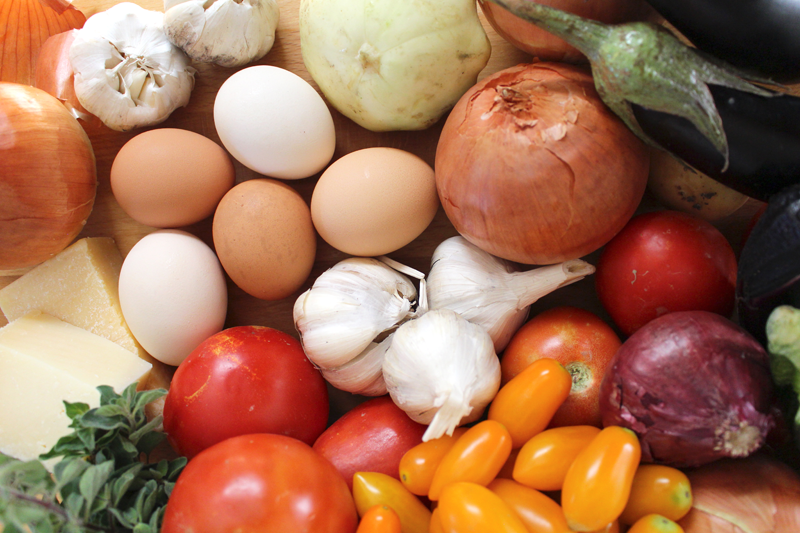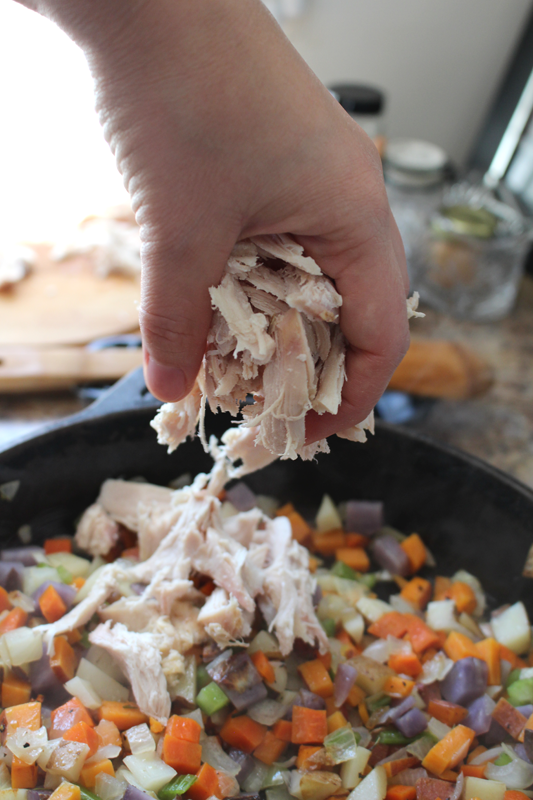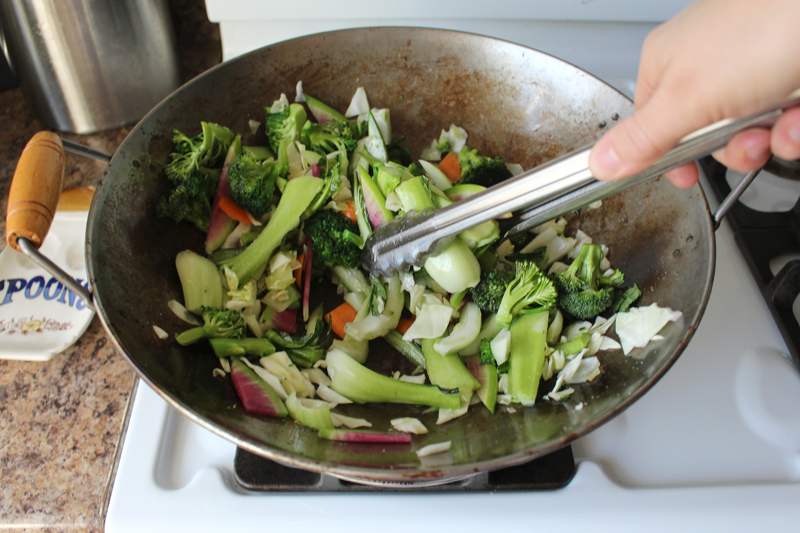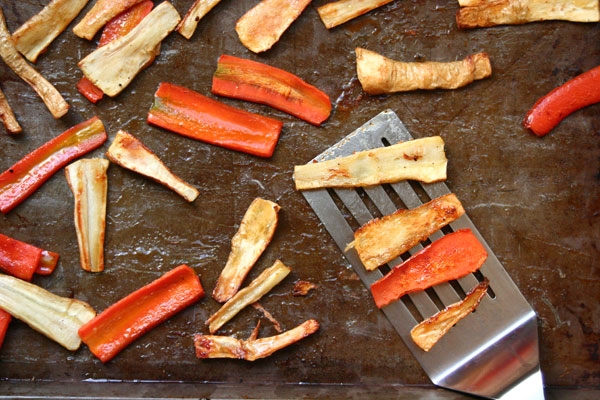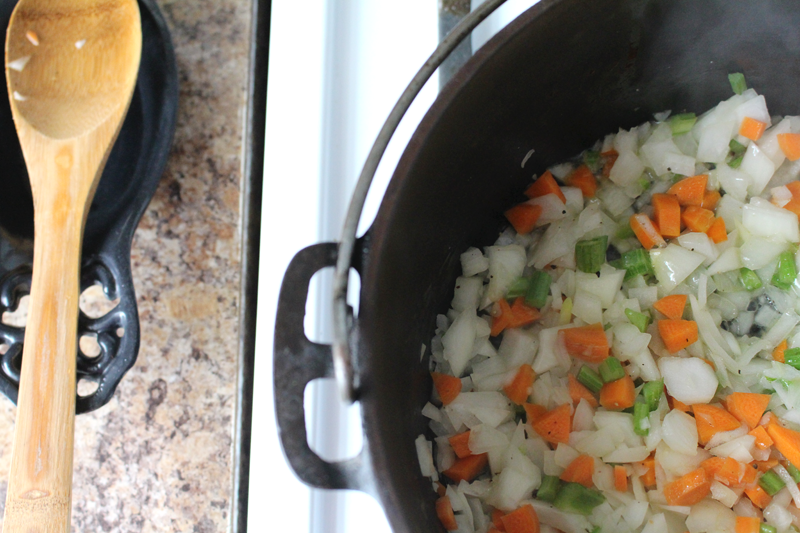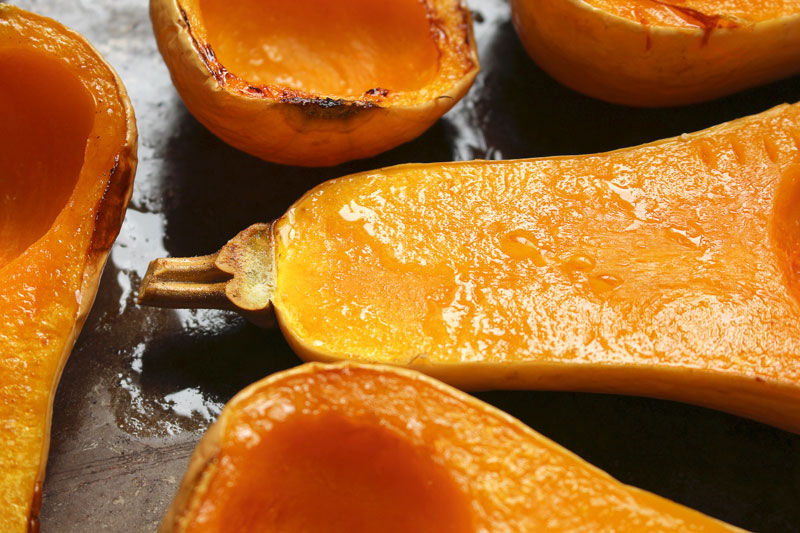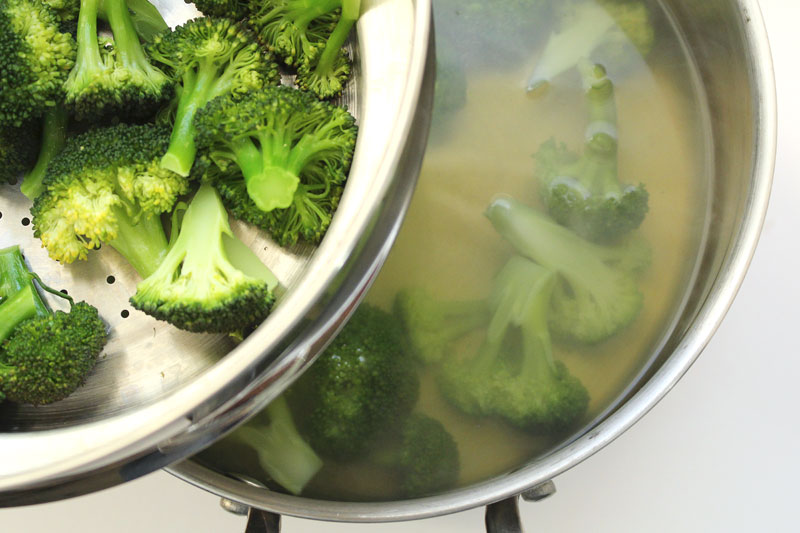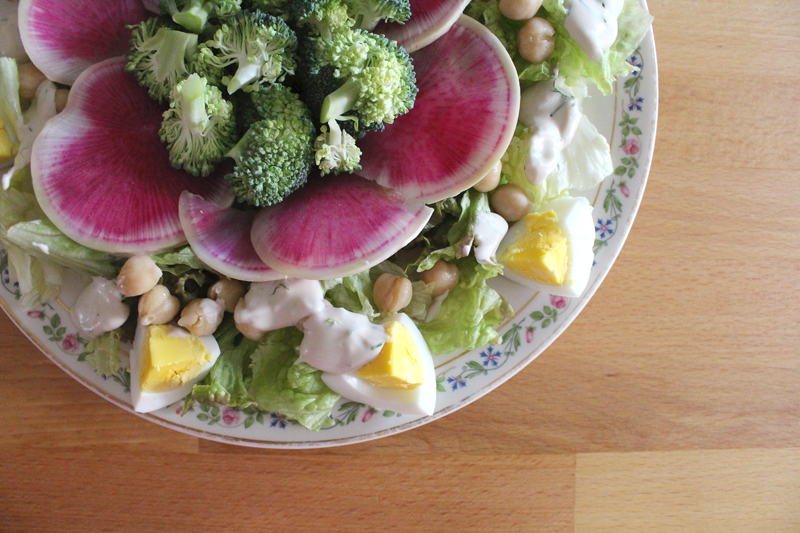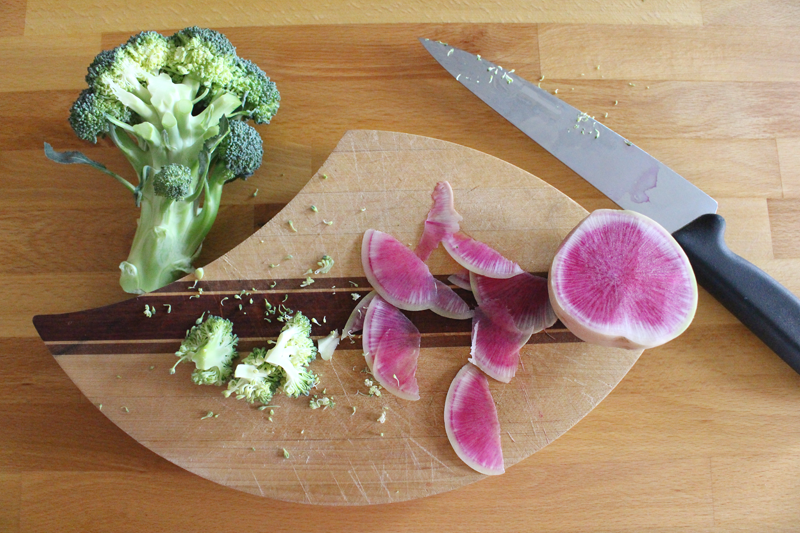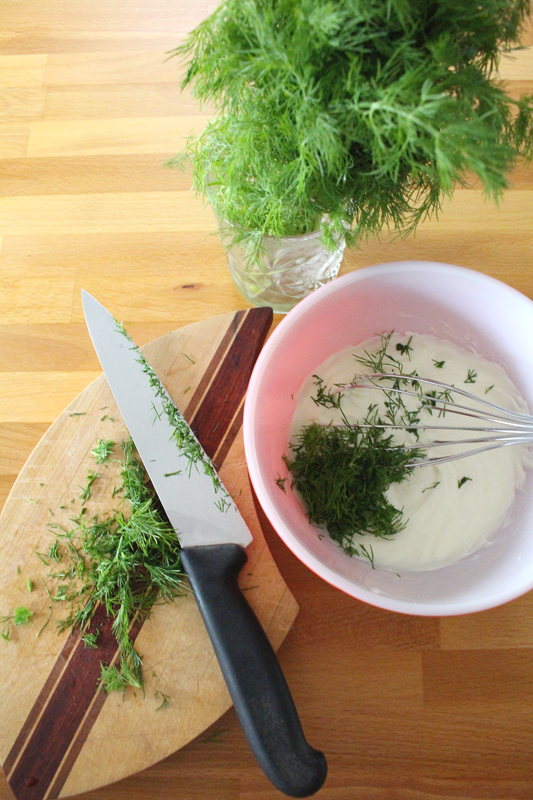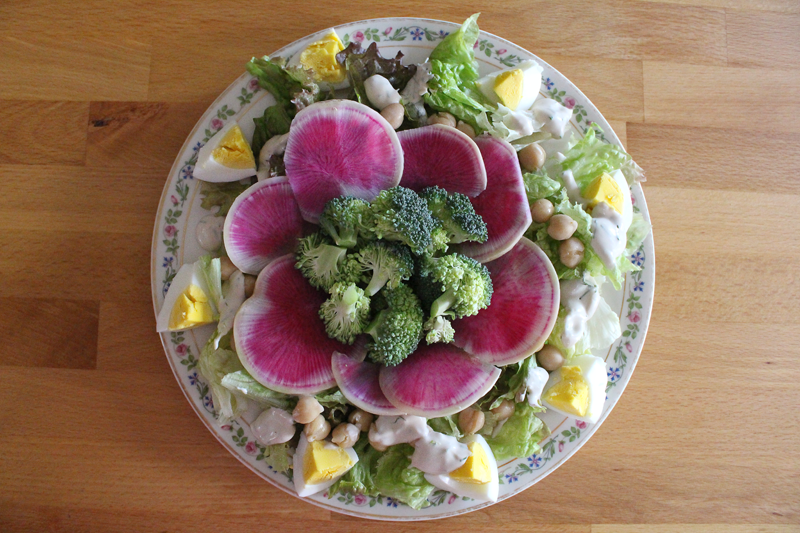How To Eat Well on a Budget
Written by Rachel, Posted in How To, Menu Planning, Storage/Prep, Thoughts
Sometimes the word “budget” is enough to make me want to hide under the covers. It can be tricky to manage to eat well, whilst keeping the budget in check. When we were first married, we had a very small grocery budget. I started planning our menu in advance, so that I could go to the grocery store with a detailed list, knowing how much I would be spending. I got pretty good at it, and found that I really enjoyed it. In the years since, I’ve tried to keep to it, regardless of the state of our bank account.
It’s not always been easy, but it’s definitely one thing that has helped us to keep our budget a bit lower. (It’s so important to me that I wrote a three part series on it, for the Kitchen Basics section. Have a look! Here’s a link to part 1, part 2, and part 3.)
I’ve been eating organic since before it was trendy. It’s always made sense to me. We’re thankful that Abundant Harvest Organics is so affordable. But, since other organic food is often a bit more expensive than conventionally farmed food, it’s not always possible to stock the pantry with all organic ingredients. The advice that I try to follow, is to do the best that I can. So, we eat as much organic food as possible, but during the leaner times, some foods take priority. For me, the foods that I try not to budge on are: fruits and veggies (but even there, there’s some wiggle room if needed – produce with a peel enables you to peel away the chemical laden skin, things that are sprayed directly – think berries, are not as easy to remove the pesticides, even when washed), milk, and meat.
Speaking of meat, this is an area where we have cut waaaay back. We love meat. It adds great flavor to soups, it’s so yummy roasted, and the protein it provides is wonderful. But, it’s expensive, especially when you’re choosy about getting the best quality, like I am. So, here’s what we’ve done. We eat meat maybe 2-4 times a week. And when we do, it’s in small portions. For example, I like to buy a whole chicken, and then it will often feed Tim and I for 4-6 meals. The first meal, he might have a thigh and half of a breast, I’ll have the other half of the breast. The rest of the meat will be cooked, portioned out, and frozen, to be saved for 3-5 more meals. I can make it stretch by adding things like lots of veggies, rice, and beans to a dish or a meal. And with the remaining meat, I might be able to make: Chicken Pot Pie, Chicken Bean and Rice Enchiladas (add rice and sub chicken for the beef in the recipe I’ve linked to), Chicken and Rice Soup or Chicken Noodle Soup, Chicken Chili, and Chicken Stir Fry. For the other meals that don’t contain meat, I rely on protein from other sources (legumes, quinoa, dairy, veggies, nuts) to help to fill us up.
When cooking meat, I try to not only make the most of the meat itself, but also to stretch it even further and save the bones to make chicken stock. It’s not even necessary to use veggies in there (although veggie scraps are great). Just some bones, herbs, water and an hour or two will result in a flavorful stock. Same goes for scraps from our veggies. I keep a compost bucket in the fridge, but I also keep a gallon ziptop bag or two in the freezer, to collect anything that’s worth saving (which is usually most of it). Then about once every month or two I dump the contents of the bag into a big pot, cover it with water, and let it simmer for an hour or two. Then, voilà, veggie stock! At about $4 for a 32 oz. box of stock at the grocery store, the savings adds up quickly.
Other things that I like to make rather than buy: tomato sauce, dried tomatoes, pesto, hummus, pie crust, baguettes, pizza dough, biscuits, and jam. Soon, I’m going to attempt to make sandwich bread. Wish me luck. 😉
There are definitely things that I can’t make, grow, or produce on my own (although some I’d love to try making, just haven’t gotten up the courage yet). So, I keep these staples on hand: brown rice, lentils, quinoa, pasta, nut butters, balsamic and rice vinegar, olive oil, dried or canned beans, eggs, cheese, milk, butter, yogurt, salt, dried spices, garlic, honey, maple syrup, soy sauce, all purpose flour, and whole wheat flour.
It’s a journey, for sure. There are ups and downs, failures and successes, lean months and months with more than we need. But, following all of these self-set guidelines has really helped us to stay within an affordable budget while we continue to strive to eat well, no matter what the situation.

